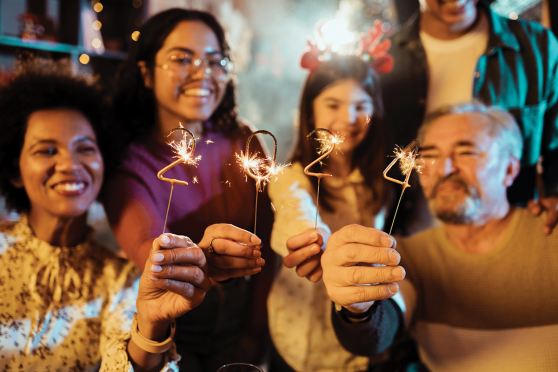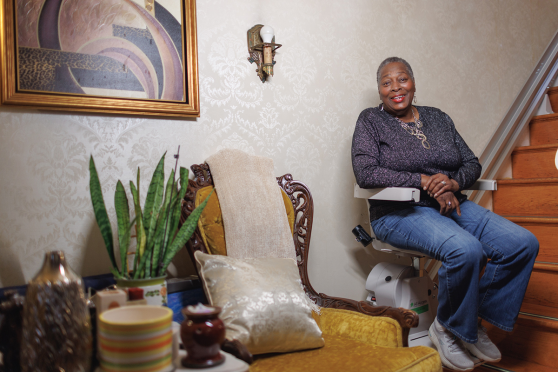Secrets to getting fit after 60
You can stay strong and active longer than you might think — as long as you’re armed with a little luck and an understanding of what your body needs.

We all know how important it is to be fit no matter your age. After all, staying mobile, limber, and strong is key to enjoying everything that makes this chapter of our lives so fulfilling: travel, gardening, keeping up with the grandkids, and more. But just because we know we should do something doesn’t mean we know how. It seems a new study is released every day telling us to do this or that to stay fit. But how do we figure out which advice to discuss with our doctor? Wonder no more: We've rounded up the most important things to know about fitness in older adults based on the latest science around exercise and diet.
1. Strength and balance work together.
Given how common falling is among older adults, maintaining strength and balance becomes increasingly important as you age. Incorporating strength training into your fitness routine can build up muscles needed for balance, helping to reduce your risk of falls. “Building strength is the most important factor when it comes to a movement program for older people,” says Emily Light, a certified yoga therapist and nutritionist in Portland, Oregon. “And that includes the strength and coordination needed for balance.” Increasing strength may also help relieve tense muscles and improve flexibility. “Most folks think stretching is what’s needed for tight muscles, but it’s often strength that the body is asking for,” Light says.
2. Weight-bearing exercise builds bones.
The CDC reports that about 13 percent of Americans age 50 and over have osteoporosis, while 43 percent more have low bone mass. Weight-bearing exercise is one of the best ways to combat bone loss as you age. Weight-bearing exercise doesn’t only mean lifting weights; it’s simply any type of activity you do on your feet with your weight supported by your bones. That’s why digging in the garden counts.
Try these ideal weight-bearing exercises for older people
Walking, dancing, elliptical machine, low-impact aerobics
Youtube has many free classes for older adults.
3. Friends make fitness fun.
Need motivation to get your heart pumping? Find a workout buddy to keep you company (and help hold you accountable). Exercising with a friend (or grandkid!) can turn a dreaded chore into something to look forward to. And you’re far less likely to skip a workout when you know another person is counting on you. One study found that 95 percent of people who started a weight-loss program with friends completed it, compared to 76 percent of those who attempted it alone.
4. Rest days make you stronger.
It may be counterintuitive, but taking time off to recover from workouts actually helps you build strength. That’s because exercise causes microscopic tears in your muscles. Rest allows your body to heal those tears — and grow in the process. On the other hand, overexercising strains the muscles, increasing your risk of injury. Rest days also allow your body to replenish glycogen, the carbohydrates stored in muscles that give you energy during workouts.
5. To get fit, you need the right fuel
Like any other machine, your body performs best when it has the right fuel. The American Heart Association recommends doing these things two hours before exercising: Drink plenty of water to ensure you’re well hydrated. Eat healthy carbs like oatmeal, brown rice, or whole-wheat toast, along with some fruits and vegetables. Avoid high-protein foods. They take a while to digest, and you’ll need that energy during your workout.




